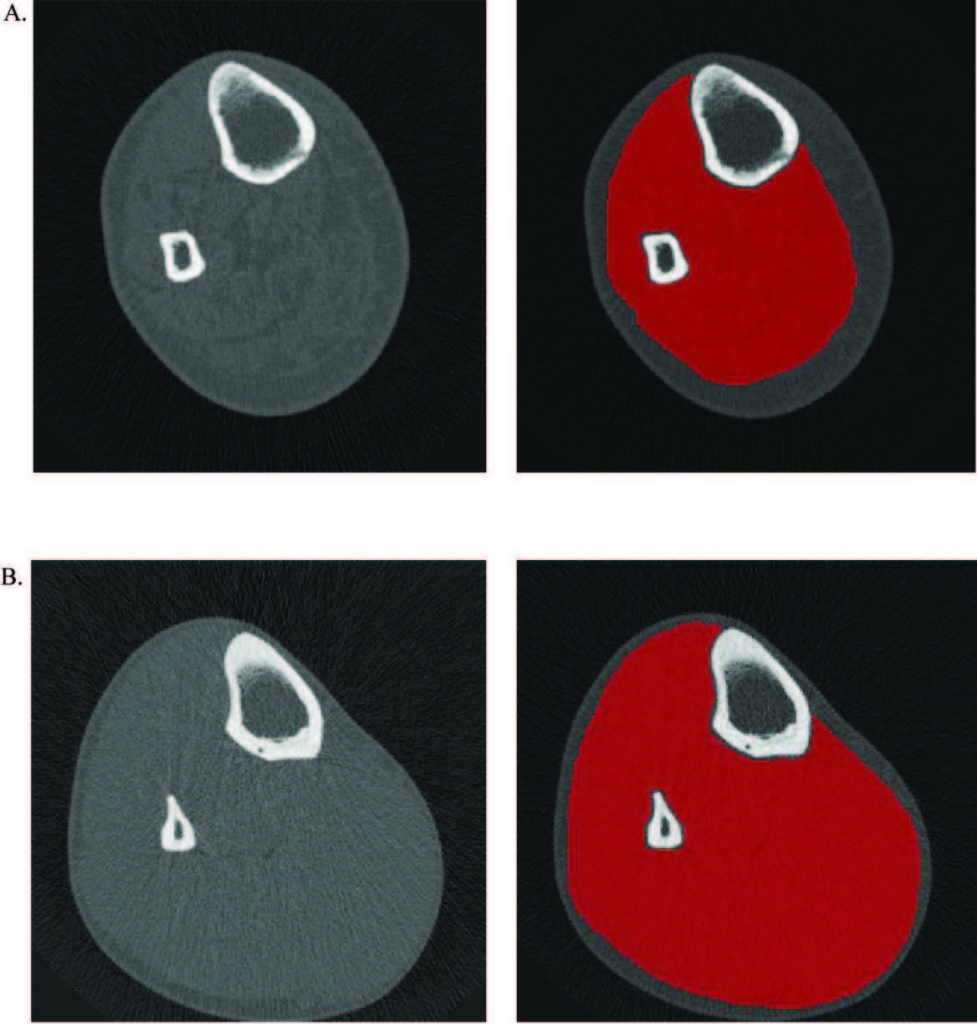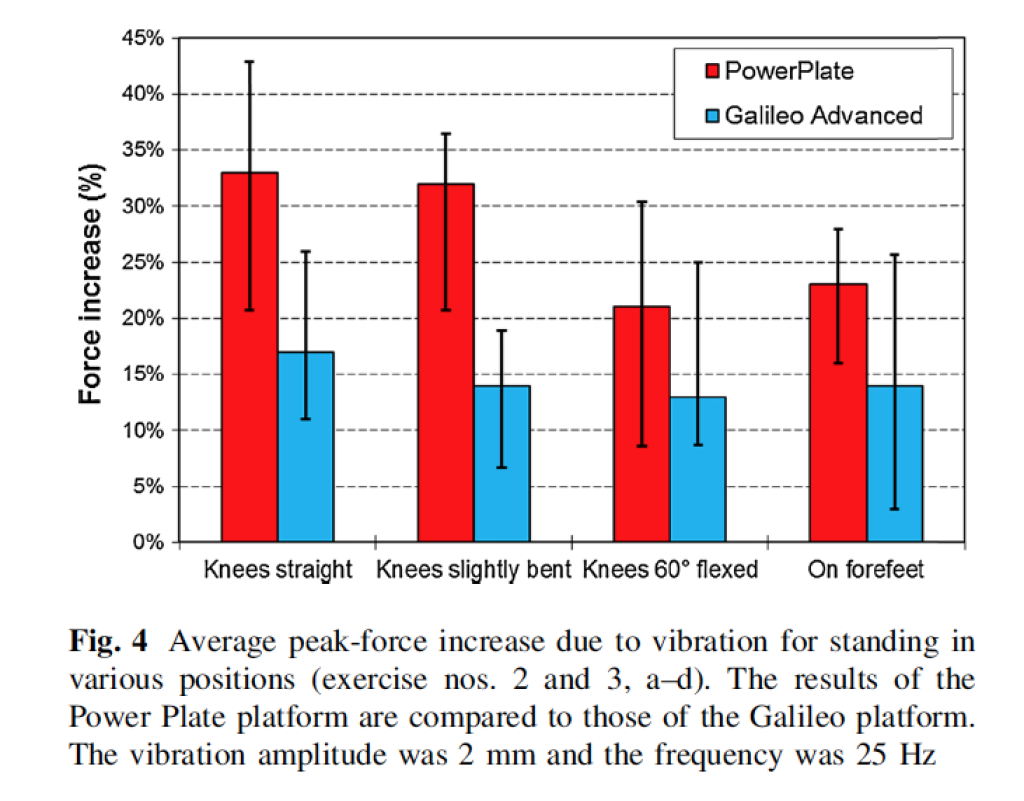Galileo side-alternating vibration is a powerful tool after neural injury that promotes early mobilization from a laying to vertical position. It is an easy-to-use tool that compliments standard therapies with the goal of optimizing muscle recovery and plasticity without overground training. Galileo-Training prior to walking in many people improves their waking results.
Galileo works by putting muscles through thousands of reflexive muscle contractions in minutes DIRECTLY through the afferent & efferent nervous system engaging both small and large antagonistic muscles. The high repetition rate provides efficient therapy with little stress on the cardiovascular system in 12-15 minutes resulting in an unparalleled rapid change in the tone of the muscles being utilized and neuromuscular function.
Results are often visibly evident after 2-3 weeks of training in therapy three times a week or, at home for more intense training twice-a-day morning and evening.
Condition Effects:
- Stimulation of muscles
- Reduction of spasticity and management due to neuronal fatigue
- Stimulation of the neurological system (both afferent and efferent nerves)
- Stimulation of large muscle chains in a physiological pattern due to Galileo’s “side-alternating” movement pattern similar to the human gait
- Improvement of intramuscular coordination
- Improvement of balance, muscle function, force and power
- Improvement in blood circulation and the lymphatic system
- Improvement of blood flow
- Higher bone mass and osteoporosis prevention
- Back pain treatment and prevention
- Combination of vibration and muscle training in a laying, sitting, and standing position





